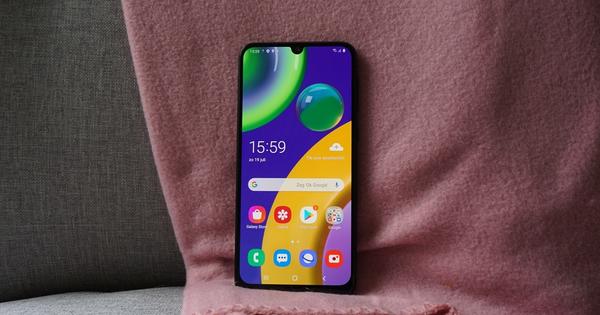Many devices are now DLNA certified, but what exactly does that mean? Thanks to this standard, you can let televisions, media players, game consoles and computers of different brands communicate with each other flawlessly. The advantage of this is that you can play music and movies on all kinds of devices, while it does not matter where these media files are stored within your home network.
In 2012, an average household has many devices that can play music and movies. Because we mainly store media digitally these days, mutual communication is handy. For this reason, a number of electronics companies decided in 2003 to develop a general standard. DLNA (Digital Living Network Alliance) was born.
In short, this standard makes it possible to stream music and movies between various devices. It is not necessary to change complicated settings, because the devices see each other automatically. One condition is that everything is connected to the same (wireless) home network.
DLNA uses so-called clients and servers. For example, your entire music collection is stored on the server. Usually this is a computer, NAS or media player. A client connects to the server via the home network and then plays the desired audio files. Examples of clients are a television, game console, Blu-ray player, smartphone, media streamer, tablet and receiver.
The possibilities of DLNA are enormous. Suppose you have music on your computer, then you can access these files with, for example, a PlayStation 3. In this way you can stream MP3s to a connected installation, without having to move or burn the files.
DLNA equipment
More and more manufacturers understand the usefulness of a common standard for the exchange of media files. Most major brands have therefore joined the DLNA organization. Currently there are more than 230, including Sony, Dell, LG, HTC, Philips, Samsung, Synology and Nokia.
However, not all devices are currently equipped with a DLNA certificate. If you want to get started with this standard, it is of course useful to know which devices you can use for this. Therefore, check the original product box for the 'dlna CERTIFIED' logo. If you no longer have the box, you can also check the manufacturer's website. You will also find a complete overview of products that support the standard at www.dlna.org.
You should certainly pay attention to media players, because they are often not certified. The result is that you cannot use the consoles as a DLNA server. Fortunately, thanks to UPnP support, they usually work as clients. UPnP and DLNA devices can communicate with each other. This is because these standards are technically very similar.

The WD TV Live Hub is one of the few media players that you can use as a DLNA server.
Set up server
If you want to stream music throughout your home, you need a DLNA server to start with. You can use your computer or notebook for this. In addition, you also need a suitable program that can offer music (and movies) to clients. You can use Windows Media Player for this.
In version 12 of this program, turn on the server function by successively clicking Streaming / Enable Media Streaming. Then confirm with Enable media streaming and give the server an appropriate name. Then click Allow all / Allow all computers and media devices. Audio and video folders you've added to Windows Media Player are now available on other devices.
An alternative program that you can use as a DLNA server is TVersity (www.tversity.com). Unlike Windows Media Player, this application is capable of converting (transcoding) media files to another format if necessary. If a client does not support a certain codec, the file can still be played on the device thanks to this technology. A smart solution, because not every DLNA client has broad file compatibility on board.

You can easily use Windows Media Player as a DLNA server.

